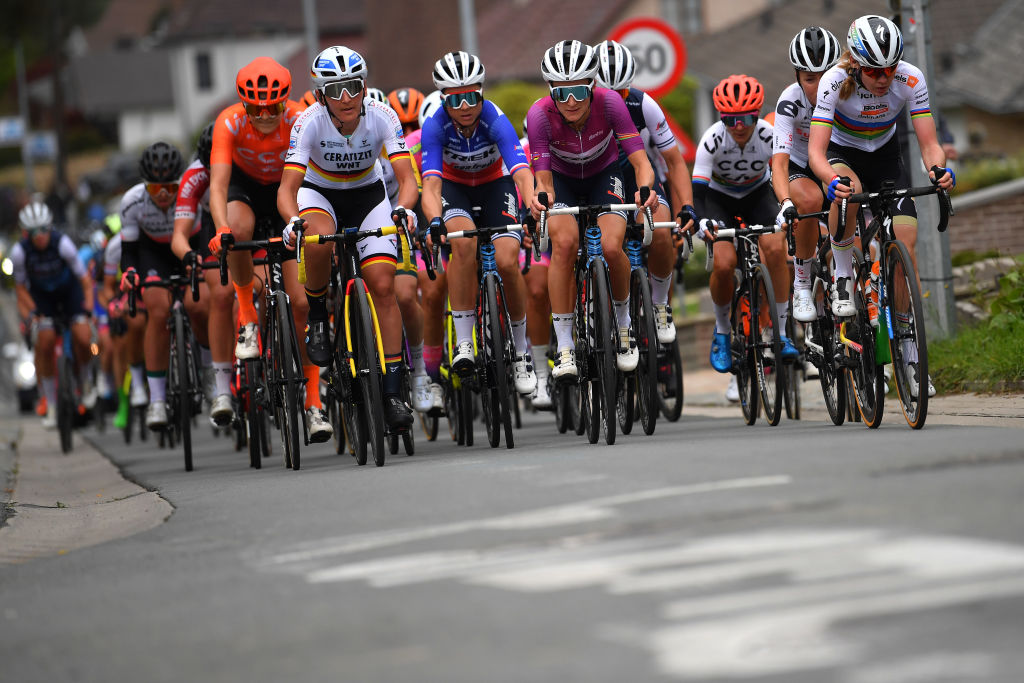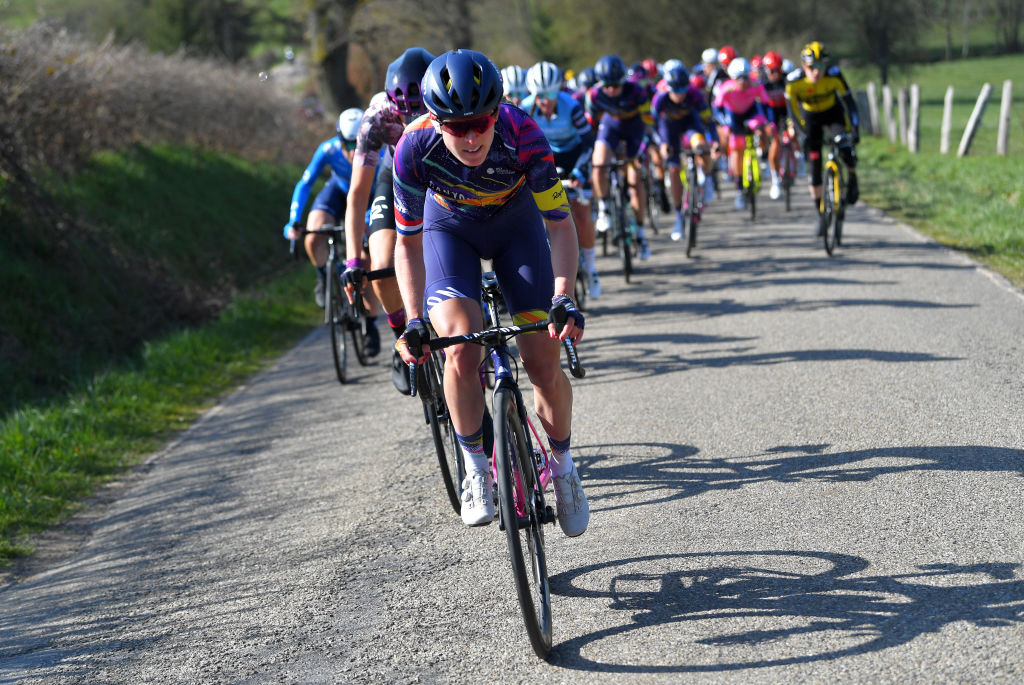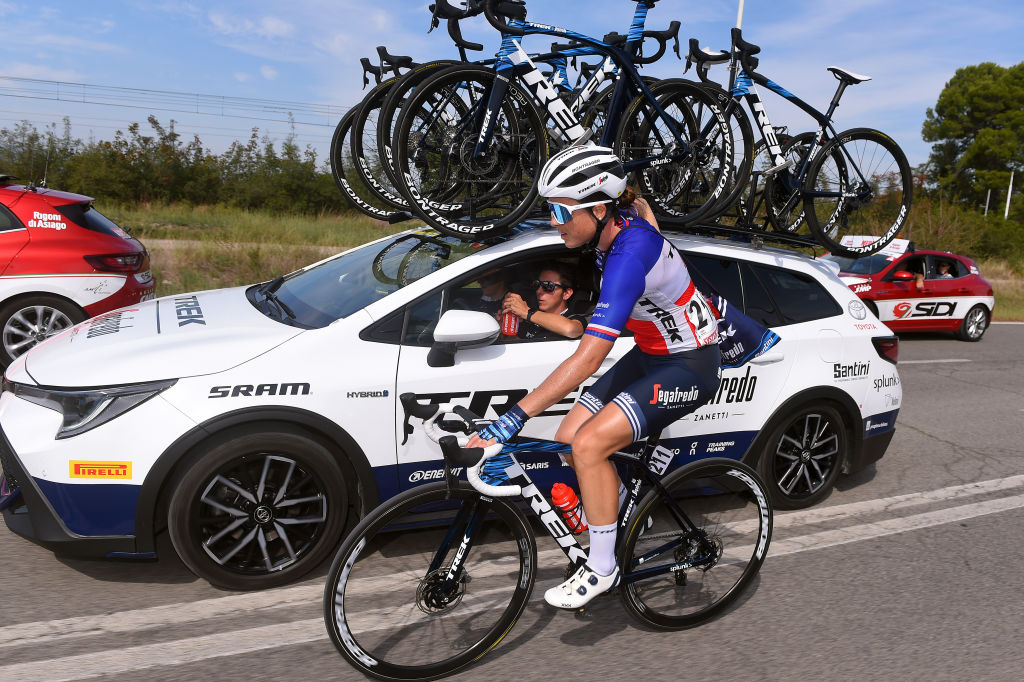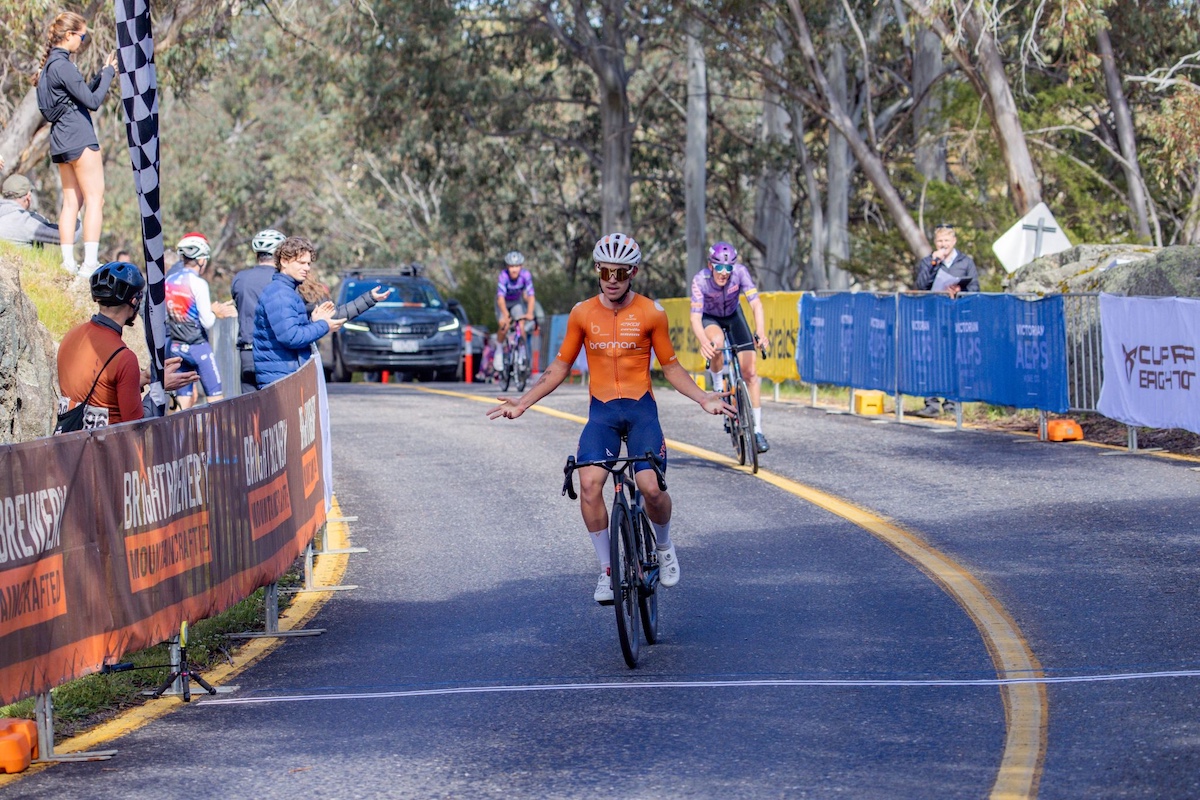
It’s a question that is asked regularly, but rarely gets a satisfactory answer: why isn’t there a women’s Grand Tour?
The depth of the women’s peloton is growing exponentially each year, more races are broadcast live and as a result there is an increasing interest in women’s racing, so surely it’s about time for a longer stage race.
Perhaps the most mystifying facet of this question is that longer stage races have already existed for women in the past. In a chapter of relatively recent, but seemingly forgotten, history spanning from 1984 — the year the first women’s Olympic road race was introduced — to the early 2000s, myriad stage races spanning two weeks or more were launched. Amongst them was a women’s Tour de France which was held alongside the men’s on the same parcours, albeit over 18 rather than 21 stages thanks to a UCI limit.
Elsewhere, there was the Ore Ida Women’s Challenge, held in Idaho between 1984 and 2002 and regarded as the toughest women’s race to have existed. The Women’s Challenge was held over 17 stages and the UCI refused to sanction the earlier editions of the race due to "excessive climbing, stage distances, number of stages, and duration of the event."
In the early 2000s, however, the golden era faded and many of these races began to fold. A period of contraction within women’s cycling followed and it was during this time that the UCI introduced a new rule for the women: a six-stage limit. Races such as the 10-day Giro Rosa, which is currently the longest women’s stage race, may apply for an exception but few do so.
Hannah Barnes of Canyon-SRAM believes the rule speaks to a pessimistic outlook from the UCI towards the pro women and their capacity for racing.
“Having a UCI-limit on how many days we can race shows how little faith and respect the UCI gives the women's peloton,” she said.
The latest race content, interviews, features, reviews and expert buying guides, direct to your inbox!
Asked why the limit was introduced and if there are any plans to change it, a spokesperson for the UCI told Cyclingnews: “The international calendar is growing every year and by limiting the duration of new Women Elite class 1 and class 2 events to a maximum of 6 days, this ensures that new events do not take the place on the international calendar across two weekends, which could affect other existing events and new events from finding a place on the calendar. The regulations also provide for the UCI Management Committee to make exceptions.”
High-level events with overlapping dates, however, are already the norm in men’s racing. Tirreno-Adriatico and Paris-Nice, overlapped for five stages between March 10-14. Of course, there are fewer resources within women’s racing, however, in the period between Liège-Bastogne-Liège and the Olympic Games in Tokyo, there will be just five days of Women’s WorldTour racing to contest, which is hardly a crammed-full calendar.
Giorgia Bronzini, a prolific winner in her time as a rider and now DS at Trek-Segafredo women’s team, began her professional career in 2004, just after the limit set in and many stage races began to disappear from the calendar. She feels the rule does not reflect the current level of the women’s peloton.
“Everything needs to be upgraded and updated,” she said. “I mean, we are in 2021. If I was a rider in the peloton now, it would probably be hard for me to finish the race, how the level is growing.”
Stage fright

While enforcing an arbitrary limit on the number of stages a women’s race can include is an issue, the scarcity of top-level stage races for the women’s peloton is an even bigger problem.
In 2021 — COVID-19 caveats aside — there are just six 2.WWT competitions on the calendar. By contrast, there are fourteen 2.UWT men’s races which include the three Grand Tours.
“It definitely would be nice to have in women's cycling more stage races than we have now,” said Bronzini.
Cecilie Uttrup Ludwig of FDJ Nouvelle-Aquitaine Futuroscope agrees.
“It’s actually so important to encourage more stage racing, as it creates a lot of opportunities for development and unique challenges, which are so important to our sport,” she said.
Like Bronzini, Uttrup Ludwig also believes that an upper limit on stages for women’s stage races is unnecessary.
“It’s time to change this rule for sure,” she said. “We can see from the Giro Rosa that longer stage races for the women’s peloton are exciting and competitive across GC and stages ... I look forward to racing in an era where these rules will change, they have to, and be part of some new races and formats for our sport.”
For some, six days may be enough.
“I personally think that six days is a good length of race,” said Barnes.
“But I don't agree there should be a UCI limit. Everyone in the peloton is capable of racing more than the six-day limit and we prove that every year with the Giro Rosa.”
Re-thinking rest days
For the men, the first Giro d’Italia rest day comes after ten days of racing, on the first Tuesday rather than the usual Monday. By this point, the peloton will have raced the same number of days, albeit with considerably more kilometres, as the longest women’s stage race currently on the calendar, the Giro Rosa. After two dramatic stages in the mountains, the GC battle at the Giro d’Italia is only just getting started, whereas the Giro Rosa would already be over.
The concept of a rest day in a stage race is alien to the women’s peloton. Of course there is no need to add a rest day if you are racing for six days or less. Even the ten-day Giro Rosa does not include a day off.
This, argues Ashleigh Moolman Pasio of SD Worx, could make all the difference.
“The Giro is actually pretty tough. It's almost tougher than the men's Tour de France in a way because we don't have any rest days. You go the full 10 days with no rest day," she said.
“Why not a two week Grand Tour with a rest day in between? So, six days on, one day off or something like that. I don't think that we're incapable of doing that.”
It stands to reason that a rest day in the middle of a stage race would allow riders to race for longer.
Last season, Mavi Garcia of Alè BTC Ljubljana — along with others — raced both the seven-day Tour Cycliste Féminin International de l'Ardèche and the ten-day Giro Rosa consecutively with just one day in between. Garcia came away with second and ninth respectively on the GC in both races.
In her view, the peloton are more than capable of competing over more stages.
“I think like everything it needs to be changing and evolving a bit because we are more than capable of racing more than six days in a race,” she said.
“In the Giro we already race ten days but the fact is that we did these two stage races in a row with just one day and a half of rest. I think we are strong enough to do more days without a problem.”
Although most advocate for the six-day limit to be removed, there is one UCI cap that they are not so keen to change, that's the maximum distances.
For Women’s WorldTour races, the governing body stipulates a maximum distance of 160km for a stage and an average daily distance of 140km across a stage race. The 170km stage of last year’s Giro Rosa broke this limit and drew mixed opinions, but many concluded that longer stages temper the explosivity that characterises women’s racing.

“For me, the women are fine to do two weeks of stage racing, and is a good compromise, if you don't put the stages of 160km every day,” said Bronzini.
“The women’s races are a bit more interesting to see because they fight from the beginning and instead in the men's race we see also now at the Giro the typical stage: the breakaway go from zero and they come back some time in the last kilometres. The scenario is almost always the same when the stages get longer.”
Garcia also does not feel the need for the distances to increase.
“I don’t think it’s necessary to race 200km,” said the Spanish rider.
Moolman Pasio concurs: “I would definitely not like to see a three-week Grand Tour with anything longer than 160km stages.”
In their comments to Cyclingnews, the UCI did not address the question of whether there are any plans for the rules to change in the near future.
With the 2022 women's Tour de France imminent, there is a new opportunity for women’s racing to recapture the momentum of the 1980s. The length of the race has yet to be revealed but after race director Christian Prudhomme’s somewhat pessimistic comments last week, it seems fairly likely that the race will not constitute ‘Grand Tour’ status just yet.
Bronzini thinks the women’s peloton are ready, though. “It would be nice to have two weeks and maybe why not upgrade the Giro, too. And the Vuelta, too, one day would be nice, and have a Grand Tour like the men,” she said. “I think we are in a good way to make it happen. I think the women's peloton, and what is around women now, is ready to step by step go towards like the men's [races].
"I understand that time is needed, the things cannot happen just by closing the eyes and dreaming, there has to be someone working on it. But I think it's possible if people believe in it, and invest in us, I think everything can be possible doing step by step."
